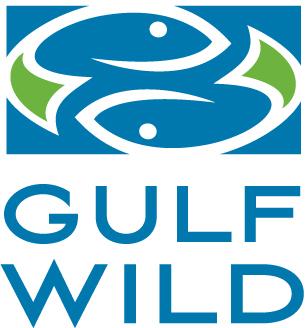Did you know that dozens of sea turtles can be accidentally caught with every catch from a fishing boat?
 image compliments of: http://magazine.ufl.edu/2010/10/a-final-blow/
image compliments of: http://magazine.ufl.edu/2010/10/a-final-blow/
According to the Sea Turtle Conservancy, "Each year, more than 250,000 sea turtles are accidentally captured, injured or killed by U.S. fishermen. Many of these injuries and deaths take place while turtles are migrating through fishing areas. The turtles, attracted to the bait, get caught on the hooks used to catch fish” (2011, para. 2).
"Turtles are air-breathing reptiles. When they are caught underwater in nets or on lines, they drown if they are unable to reach the surface for air," explains the Sea Turtle Conservancy (2011).
Fisheries that have good management practices limit the amount of turtles that are accidentally caught (i.e. trawls) and then if turtles still happen to get caught, they use techniques that put the live turtles safely back into the water. "Sea turtles caught in trawl nets, hooked in longlines, or entangled in other gears, may be stressed," according to the FAO. "Most are conscious and able to swim away after removal from the net, but some may be tired or appear lifeless. Turtles that appear lifeless are not necessarily dead. They may be comatose. Turtles returned to the water before they recover from a coma will drown. A turtle may recover on board your boat once its lungs have drained of water. This could take up to 24 hours" (FAO, 2009, p.64).
Well managed fisheries understand this. Responsible fisheries will not only takes proactive approaches to reducing the number of turtles caught accidentally, but will also ensure that the turtles that are caught by accident have hooks removed, if necessary, and that they are returned safely at the proper time.
I also heard at a Sustainable Fish conference recently about if a turtle is turned on its back it has to be turned back over the same way, it interferes with their natural functions and it could kill them (I will post documentation on this when I find it). Well managed fisheries, such as those associated with Gulf Wild, are starting to mark the turtles to remember which way they need to turn them over, as to not harm them further.
So how can you help?
Of course you can donate money to the cause, which will help organizations to educate the fisheries and improve their management practices. Also, if you eat fish, make sure you know where it comes from and only buy from fisheries that are responsible and have best practices in place. Go to Seafood Watch for a free pocket guide on the most sustainable seafood choices. Or download their FREE AP, available on Droid and iPhone.
References
Gulf Wild. (2012). Welcome to gulf wild. Retrieved from http://mygulfwild.com/
Monterey Bay Aquarium. (2012). Select a seafood watch pocket guide. Retrieved from http://www.montereybayaquarium.org/cr/cr_seafoodwatch/download.aspx
Sea Turtle Conservancy. (2011). Sea turtle & U.S. fishery interactions. Retrieved from http://www.conserveturtles.org/seaturtleinformation.php?page=fisheries
FAO. (2009). Guideline to reduce sea turtle mortality in fishing operations. Retrieved from http://www.conserveturtles.org/pdf/documents/GuideToReducingSeaTurtleMortalityInFisheries.pdf


